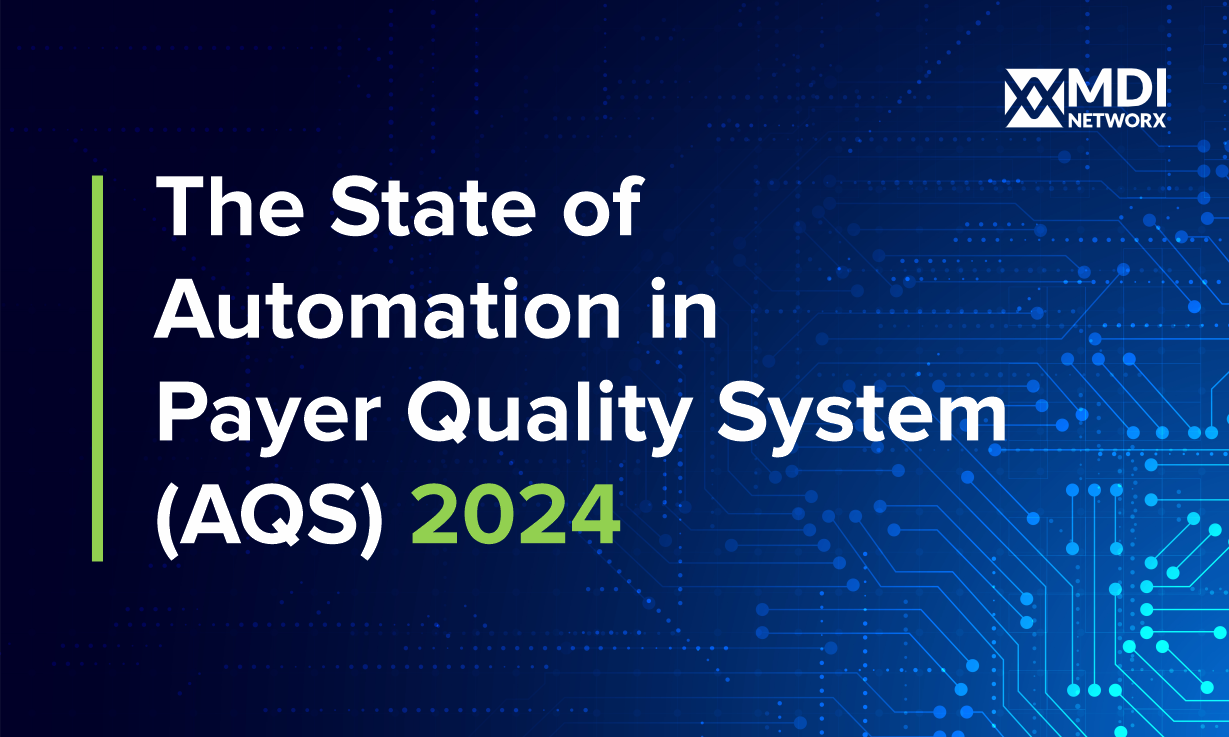All over United States, patients are welcoming the implementation of the No Surprises Act that comes into effect January 1, 2022. The bill, which was passed in December 2020, to protect patients from getting any large surprise bills and causing payment dispute between healthcare providers and payers.
Life before No Surprises Act
Surprise billing would typically occur when a patient is billed for unexpected out-of-network payment in the event of an emergency or even for a scheduled procedure in an in-network facility, that later gets disputed.
You will be amazed to know that one out of six hospital visits result in surprise medical bills and most Americans say that they know someone who was presented with a surprise medical bill, often running into several thousands of dollars at times.
While the main objective of the new No Surprises Act is to take care of such scenarios, there is also a regulation that is focussed on healthcare providers and payers. The bill stipulates that all healthcare provider directories have to be updated by 1 January 2022, and thereafter regularly, every 90 days. We’ll talk about that in greater detail in just a bit.
But first, are you ready for the No Surprises Act?
Primarily aimed at making life easier for patients, the new law is applicable to healthcare providers and payers, both. The focus is on ensuring no patient is billed above in-network amounts, whether for emergency services or non-emergency services.
Naturally, the question going through your mind today must be about the guidelines for No Surprises Act 2022.
As a healthcare provider, your responsibility is to ensure:
- Out-of-network providers of emergency services do not bill patients for amounts greater than an in-network service cost.
- Air ambulance services do not bill similarly. This is not applicable for ground ambulance services, however.
- Prevent out-of-network providers from charging similarly for non-emergency services, unless the patient’s prior consent has been obtained.
And as a healthcare payer, you need to:
- Not hold customers liable for bills beyond in-network amounts in case charged by out-of-network emergency services providers.
- Not impose any limitations on coverage for emergency services offered by out-of-network providers when compared to coverage limitations for in-network services.
That’s not all
So, how do you ensure that you are compliant with the requirements of the new No Surprises Act?
Earlier we spoke about updated provider information. What is the need for that?
A 2018 report by the Centers for Medicare and Medicaid Services shows that more than 45% of all provider directory locations had at least one inaccuracy. Imagine a scenario where a patient has an ailment, looks up the healthcare plan to check for the closest doctor, makes an appointment and visits in person, only to discover that it is not an in-network service.
Such situations can cause a lot of patient inconvenience and impact patient trust and satisfaction too.
How do provider directories have incorrect information?
Maintaining a correct and updated healthcare provider directory is critical to not losing customers due to dissatisfaction. Additionally, the wrong data can also result in unwanted delays, an increase in costs, and overall frustration for every party involved.
Here are a few instances in which provider directories could have errors:
- Incorrect address of the provider
- Incorrect phone numbers
- Provider listing indicating they accept new patients when they actually do not
- Provider listing indicating they do not accept new patients when they actually do
Unrealistic turnaround times, human error and missing SOPs are the primary reasons for inaccurate and incomplete provider directories. It is keeping in mind these factors that it becomes imperative for healthcare payers to ensure their provider directory is frequently and correctly updated.
Updating and maintaining your provider directory
Information is data, and your data sources could be vast and varied. While each source is valuable, you cannot rely on only one to offer you all the accurate information. It’s important that you understand where the sources are getting their information from, whether there is any conflict or which ones can be trusted for which data elements.
You require a multi-pronged approach to provider directory data management, one which uses claims analytics, referential data, machine learning, and cross-industry touchpoints. Today, more than ever, it is those organizations which recognize data as an asset and learn to optimize data management which will emerge better, faster and stronger.
Healthcare payers can keep provider directories updated by:
- Validating data before it becomes an issue
- Conducting frequent and regular data quality checks
- Coordinating with healthcare providers and services to ensure all data is accurate
Final words
Don’t let the No Surprises Act catch you by surprise. If you start early, you can be compliant with all the requirements of the new act quickly. Contact our solution Specialist to find out how MDI NetwroX can help you get a better grip on keeping provider directories up-to-date.




